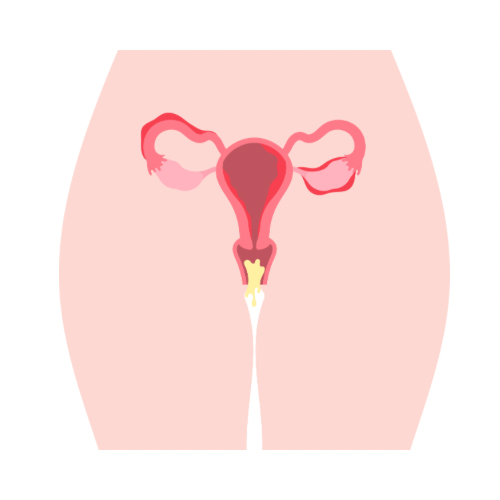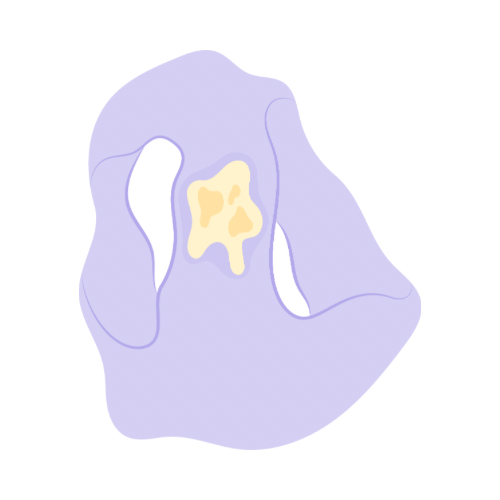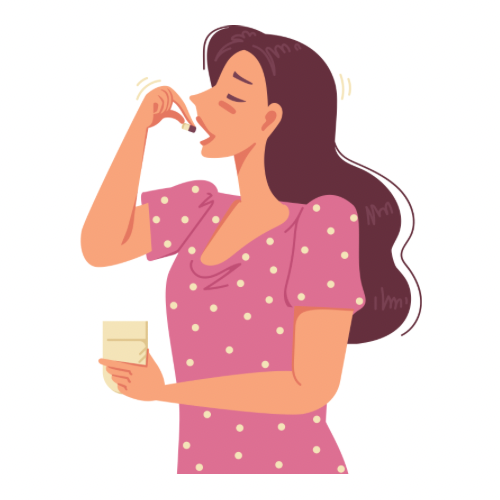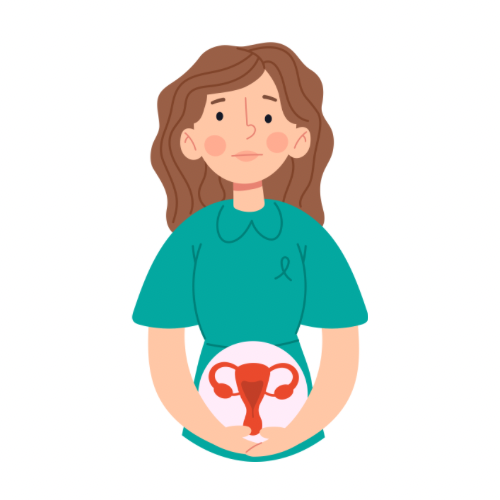Yeast infection is a common fungal infection that affects millions of women worldwide. It’s caused by an overgrowth of Candida, a naturally occurring yeast found in the body. While it’s usually harmless, certain factors can trigger an imbalance leading to an infection. Understanding the causes, symptoms, and effective treatment options can help you stay ahead of this uncomfortable condition.
Let’s break it down: what causes yeast infections, how to treat them, and what you can do to prevent them from ruining your vibe.
Table of Contents
What Causes Yeast Infections?

Yeast infections happen when there’s an overgrowth of Candida, a type of fungus that naturally lives in the vagina, mouth, and gut. Normally, your body keeps it in check, but sometimes things go left and Candida multiplies like crazy.
Here’s what can trigger it:
• Antibiotics. They kill both bad and good bacteria, and when the good ones are wiped out, Candida takes over.
• Hormonal changes. Pregnancy, birth control, and even your period can mess with your vaginal balance.
• Excess moisture. Tight, non-breathable underwear, sweaty gym clothes, or sitting in wet undies for too long create a perfect environment for yeast.
• Douching (washing or cleaning out the vagina with water or vinegar) and scented products. The vagina cleans itself, stop helping it. Scented soaps, wipes, and douches can throw off your pH balance.
• A weak immune system. If your immune system is struggling, your body might not fight off infections as easily.
Symptoms of a Yeast Infection

Wondering if you have a yeast infection? Look out for these signs:
• Intense itching down there
• Burning (especially when peeing or during sex)
• Thick, white, clumpy discharge (like cottage cheese)
• Redness and swelling
• A weird, yeast-like smell (not fishy)
• Vaginal rash or soreness
If this sounds like you, don’t panic. Yeast infections are super common and treatable.
How to Treat a Yeast Infection

Good news. You don’t have to suffer for long. Here’s what you can do:
• Mycoten Vaginal Cream
Description: Mycoten is a topical antifungal cream containing Clotrimazole (1% or 2%), used to treat vulvovaginal candidiasis by disrupting fungal cell membranes.
How It Helps:
Mechanism: Inhibits ergosterol synthesis (a key component of fungal cell walls), causing yeast cell death.
Application: Applied externally to the vulva or internally via an applicator once daily (3–7 days).
Efficacy: Relieves itching, burning, and discharge within 3 days; 7-day courses are recommended for severe infections.
Safety: Mild side effects (local burning/itching); avoid during pregnancy without medical consultation.
• Klovinal Pessaries
Description: A triple-action pessary combining Clotrimazole (antifungal), Metronidazole (antibiotic), and Lactobacillus spores (probiotic) to treat mixed vaginal infections (e.g., candidiasis + bacterial vaginosis).
How It Helps:
Safety: Avoid in pregnancy (1st trimester), with alcohol (due to Metronidazole), or if allergic to components
Mechanism: Clotrimazole kills yeast.
Metronidazole targets anaerobic bacteria/protozoa.
Lactobacillus restores vaginal pH and healthy flora.
Application: Inserted daily at bedtime for 6 days.
Efficacy: Effective against recurrent infections; 88% symptom resolution in clinical use.
• Oral Antifungal Medications
Description: Systemic agents like Fluconazole (Diflucan) or Ibrexafungerp (Brexafemme) taken as pills.
How It Helps:
Safety: Side effects include headaches, nausea; contraindicated in pregnancy
Mechanism: Inhibit fungal enzyme synthesis or disrupt cell walls, targeting yeast systemically.
Efficacy: Single-dose Fluconazole resolves 80–90% of uncomplicated infections.
Superior mycological cure rates vs. topical treatments (Cochrane).
• Probiotic Supplements & Yogurt
Description: Lactobacillus-rich probiotics (oral supplements) or plain yogurt (topical/intravaginal) to restore vaginal flora.
How It Helps:
Probiotics: Oral supplements (≥10 billion CFU/day)
Mechanism: Lactobacillus produces hydrogen peroxide and lactic acid, inhibiting yeast overgrowth.
Yogurt provides cooling relief and reduces inflammation.
Efficacy: Vaginal yogurt + honey applications show 87.8% cure rates in studies.
Probiotic supplements reduce recurrent infection risk by 35%.
Application:
Yogurt: Apply plain, unsweetened yogurt intravaginally using applicators 1–2× daily for 7 days 8.
If it’s your first time dealing with these symptoms, check with a doctor to make sure it’s actually a yeast infection and not something else like BV or an STI.
How to Prevent Yeast Infections

Nobody wants a recurring yeast infection, so here’s how to keep yeast infections away:
• Wear breathable cotton underwear. Let your vagina breathe.
• Change out of wet or sweaty clothes ASAP. Sitting in moisture for too long creates a breeding ground for yeast.
• Avoid scented soaps, wipes, and douches. Your vagina isn’t supposed to smell like flowers.
• Eat probiotic-rich foods. Greek yogurt and kunu, can help keep good bacteria in check.
• Practice good hygiene. Wipe from front to back and wash your vulva with plain water or mild, unscented soap.
• Manage stress and keep blood sugar levels in check
When to See a Doctor

If you:
• Keep getting yeast infections more than four times a year
• Don’t feel better after using the recommended treatments
• Have new or worsening symptoms
• Notice a fishy smell (this could be BV, not yeast)
It’s time to book an appointment. And I have the perfect doctor for you.
Yeast infections are annoying but totally treatable. Knowing the causes and symptoms can help you catch them early, and with a few simple habits, you can stop them from coming back. Your vagina deserves peace, so give it the care it needs.


Leave a Reply